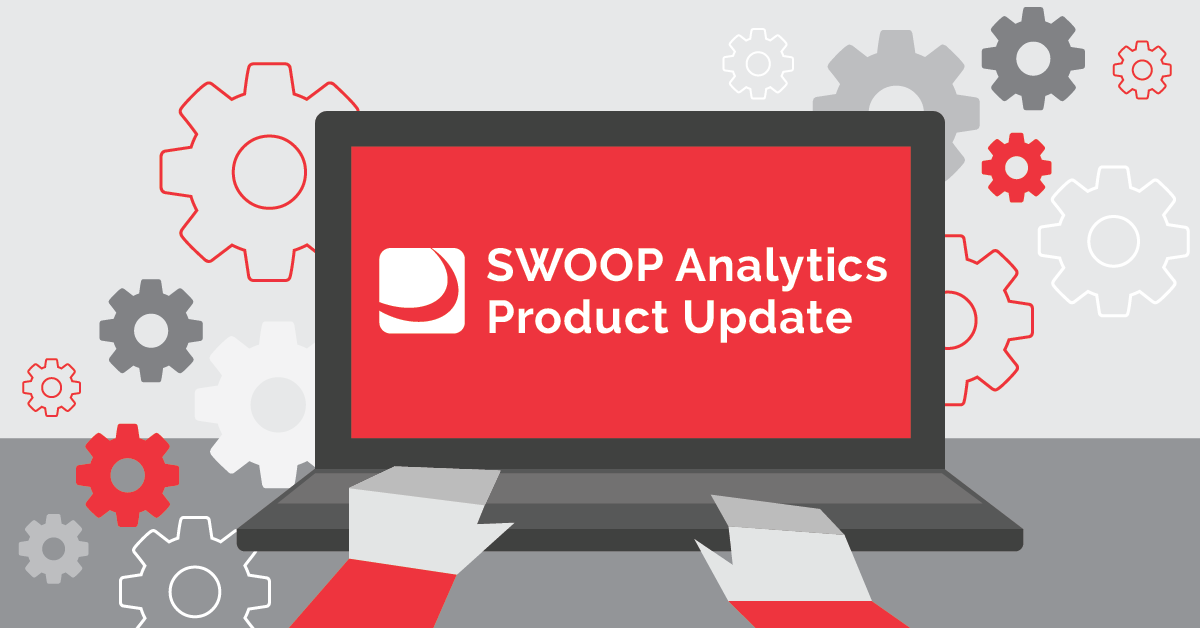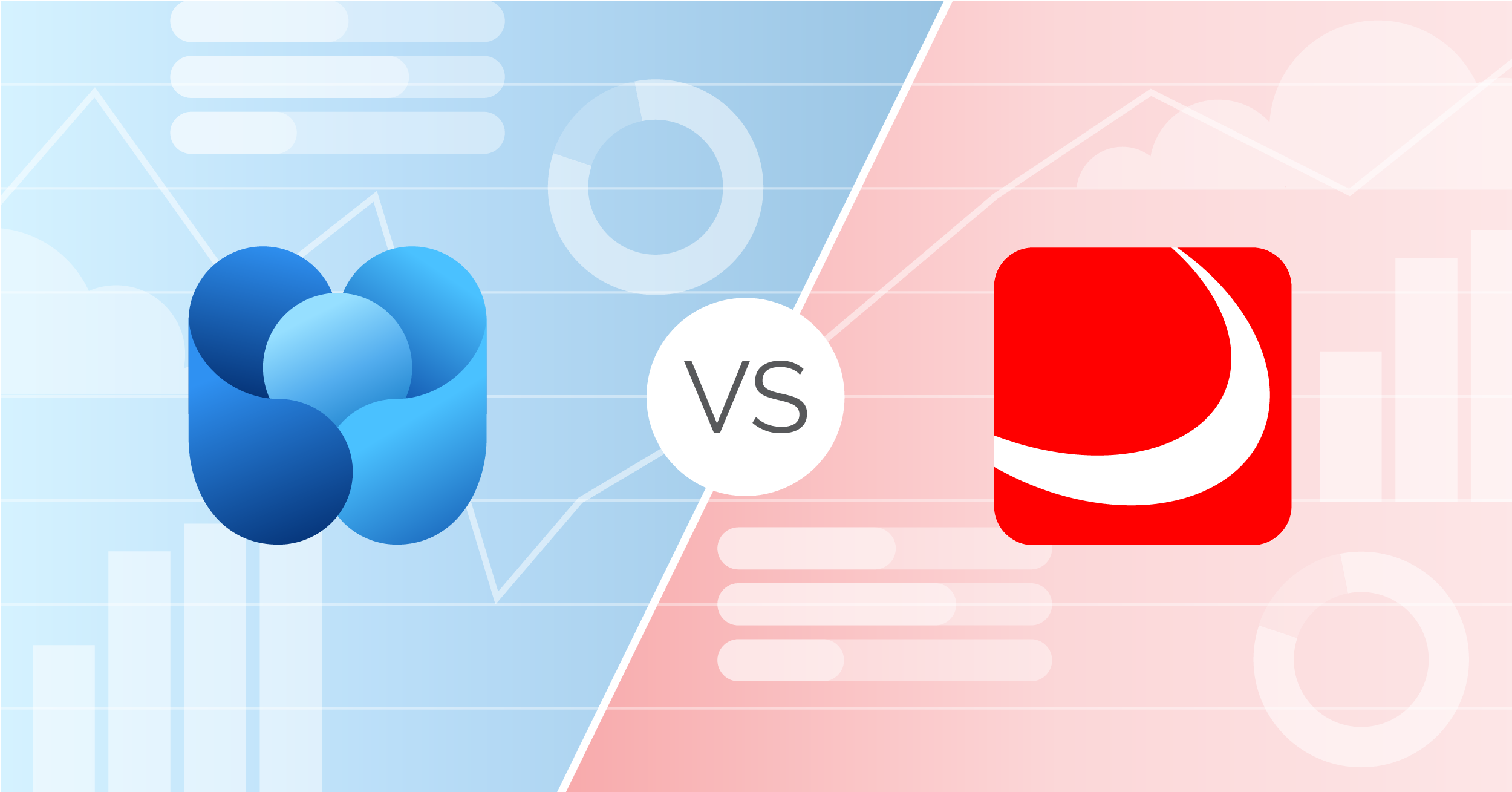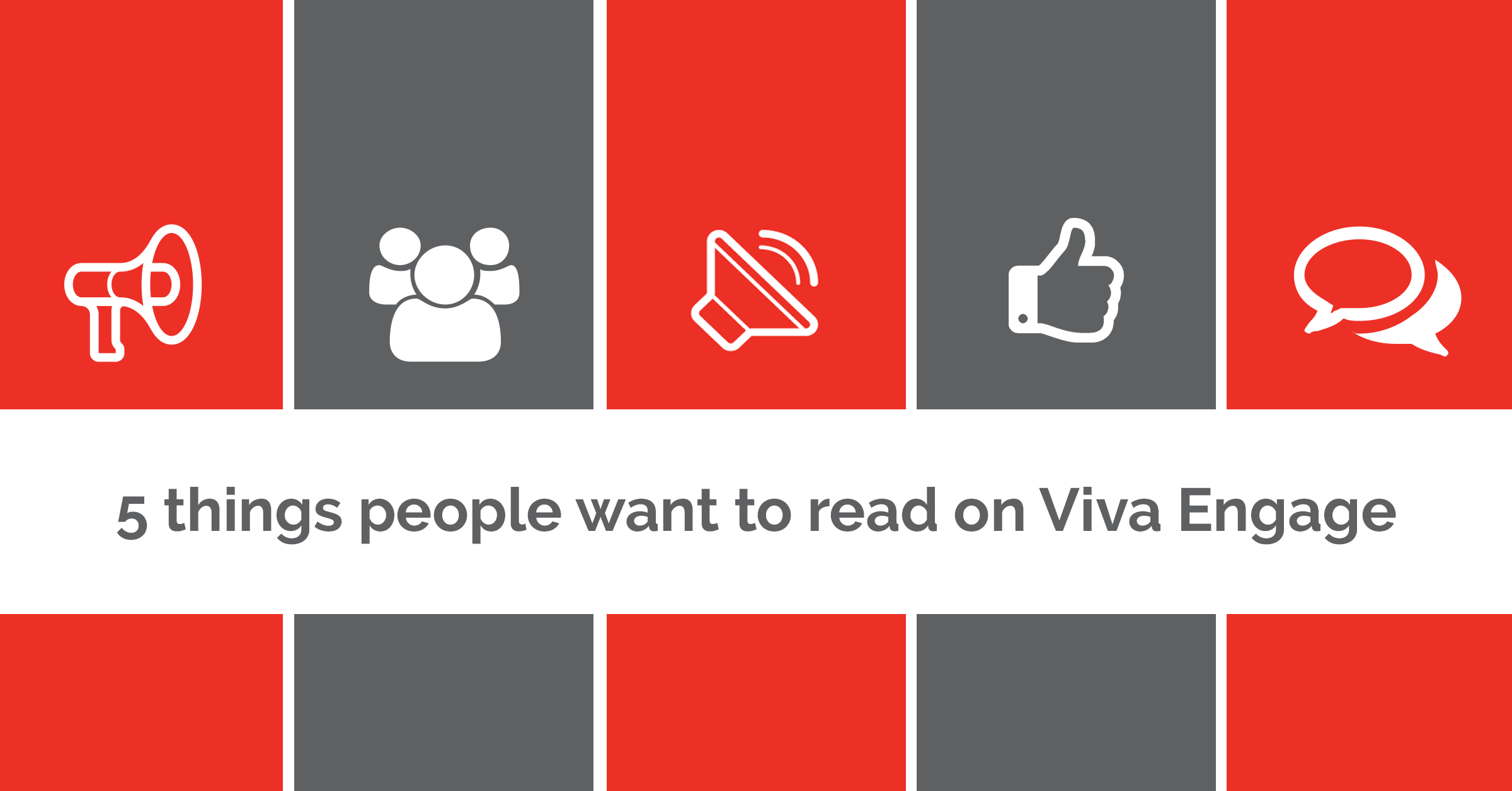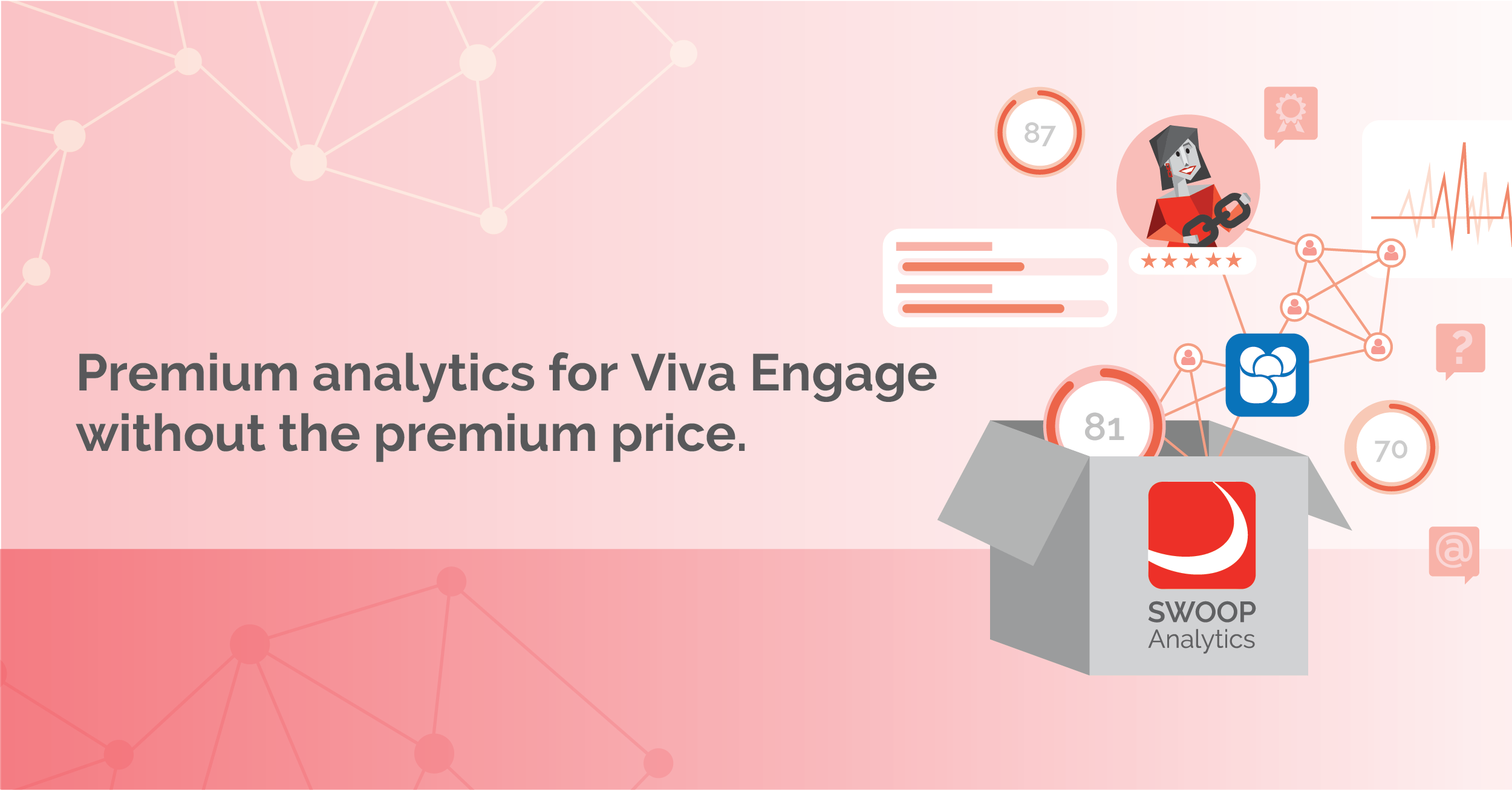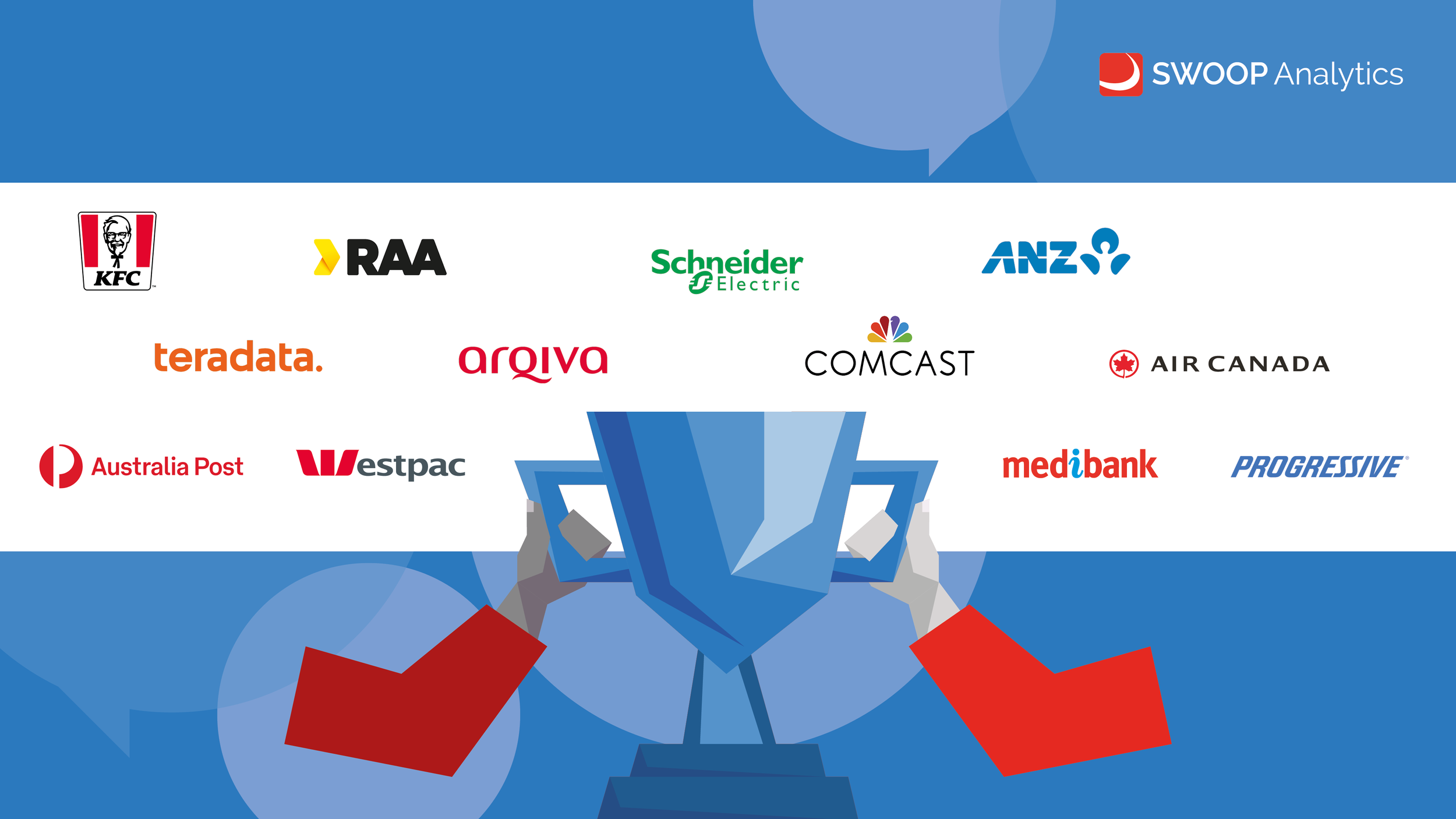
SWOOP Blog
Latest Articles
Blog Archive

It's Time to Disrupt Enterprise Business Intelligence Systems
I recently had a pleasurable discussion with a Dutch gentleman who had decided to take a sea change. He had recently sold his business that had been in his family for three generations. The business manufactured simple concrete collars for reinforcing bars. It had withstood the challenge of plastic substitutes and is still a healthy business today.

Identifying Key Connectors/Informal Leaders at Scale
A recent article by Reid Carpenter on uncovering authentic informal leaders reminds us that in a post-industrial economy, the powerbrokers are less likely to be identified by their C-Level formal titles, and more likely to be identified through word of mouth. New emerging organisational forms like Holocracies and Business Networks will live and die by the strength of their informal leaders. The importance of the connector is nothing new. Seth Godin wrote a book about ‘linchpins’; we have also blogged about the Quiet Achiever. There are now many sources of advice on how to recognise a genuine connector/informal leader. The challenge exists however, on how we identify these new informal leaders at scale?

AirBnB vs Booking.com….your preference?
Having spent the last week immersed in ‘Platfirms’ (platform businesses) I now have some time to reflect as we leisurely wind our way through the French Pyrenees. In preparing for this trip I drew on my favourite accommodation platforms Airbnb and Booking.com. I’ll be up front and say I do have a preference for Airbnb. However, Booking.com tends to come into its own when looking for more affordable accommodation in the larger cities or towns. Putting this aside however, and reflecting on one of the key messages I have been making around relationship-centred measures over simple activity measures, I can see a subtle but clear difference between the two platforms when it comes to relationships. Both sites are B2C businesses looking to facilitate strong relationships between their suppliers (properties) and customers (consumers) through the social media they enable. I recently published this diagram to identify potential relationship connections being facilitated by platform businesses.

The Age of the ‘Platfirm’
Platfirm? Is this a made up word? Well actually, yes. It’s the term Open Knowledge has coined to describe businesses whose core business model is the platform. The ‘Platfirm Age’ is the theme of this year’s social business forum (#SBF16) held in Milan, Italy each year. Essentially a ‘platfirm’ is a firm that facilitates exchanges within a business ecosystem of suppliers and consumers. The popular examples of ebay, Airbnb, Uber and Amazon are regularly talked about in platform conversations. In opening the forum, Open Knowledge Co-founder Rosario Sica provided some compelling statistics to demonstrate that we are indeed in a new age of platform enabled business models. In Apple, Google, Amazon and Facebook we now have 4 of the top 5 companies in the world, by market capitalisation, being ‘Platfirms’. The issue of ‘Platfirm immigrants’ (as opposed to ‘platfirm natives’) was highlighted as a continuing challenge for traditional businesses wanting to get on the ‘from foot’, in either protecting or enhancing their businesses though platform thinking.

If Europe had an Enterprise Social Network would we still have Brexit?
Whether you are pro or con #Brexit there is much that we can learn from this result regarding the effects of social networking and social media. The early headline was that social media failed to predict the result. Well actually there are several other social media analysts claiming otherwise. Perhaps the biggest criticism of social media analytics is that the sample is biased toward those more comfortable with it. Given that those most comfortable with social media are the younger generation, and that this demographic overwhelmingly wanted to stay, might explain the erroneous prediction. For those social media analysts who correctly predicted the result, the basis was essentially the size of the social media audience that they were able to attract. However, critics would say that this result is biased by the proponents for a change from the status quo, are naturally going to be noisier. Using social media trends to make predictions about an issue that is nearly equally divided is a perilous task. But what about the more actively engaging Enterprise Social networks?

The Smoke and Mirrors of Enterprise Social Networking Metrics
Carrie Basham Young issued an ominous warning to enterprise social network community managers in her 2013 CMSWire article. “It’s time to realize that the metrics and data displayed to you inside your analytics dashboard aren't creating value, and in fact, might be causing you harm," she wrote.

Is Bridging the Enterprise–Consumer Social Networking Divide a Bridge too Far?
On the surface, Facebook@Work looks a lot like consumer Facebook. We have news feeds, groups, shared social media, discussions, hashtags and the like. Familiarity with the interface is one of the strong selling points for Facebook, but since its soft launch in 2015, it’s hardly set the world on fire.

The Doctor Is In: Practicing Enterprise ‘Social Radiology’
As we become increasingly consumed in our digital world, a common question we hear is “does our online behavior mimic how we are offline?”
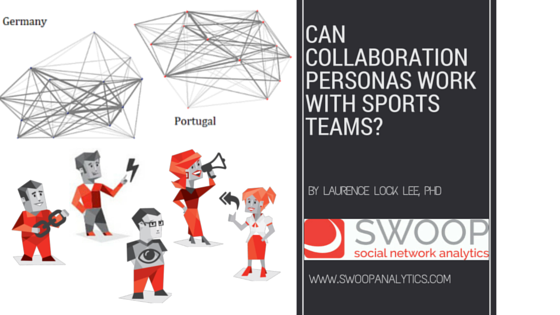
Can Collaboration Personas work with Sports Teams?
Professional sport these days is rife with in-depth analyses and statistics on player and team performance. Players are now often equipped with wearable devices to monitor their health and fitness by the minute. Increased betting on sport has added a whole new dimension to the desire for predictive analytics and anything that might assist the punters in predicting the result of a game.

Can You Squeeze Real Value from Artificial Intelligence?
It’s 1985 and I’m at UCLA, attending my very first International Joint Conference on artificial intelligence. As a young researcher tasked with pioneering AI in my corporate research lab, this is an exciting opportunity. We are at the very peak of the AI hype curve.

What Makes a Great Team On-line and Off?
We are witnessing a significant shrinkage in the digital divide between on-line and off-line work, as rapid digitization takes hold. The days when online work was led by the digital savvy are rapidly disappearing as even the baby boomer generation embraces social media. Our research has even identified that co-located teams use electronic means to record and share their work artifacts. So how can the movement to digital be used to assess team performance?

5 Ways to Blast through the Productivity “Sound Barrier”: Trading Pipes for Platforms
The recent OECD report on the future of productivity identifies the growing gap between those super-productive organisations and the rest. They highlight ICT playing a key role in the future of productivity. The now ubiquitous “digital disruption” phrase, in the USA in particular, is providing real-life examples of the productivity boom enjoyed by successful digital platform businesses.

Why 90% of Organisations would NOT Survive a Digital Disruption
We provide some compelling ‘reality data mining’ analysis to support our case.
Surviving a Digital Disruption will require a major change in the way organisations currently work
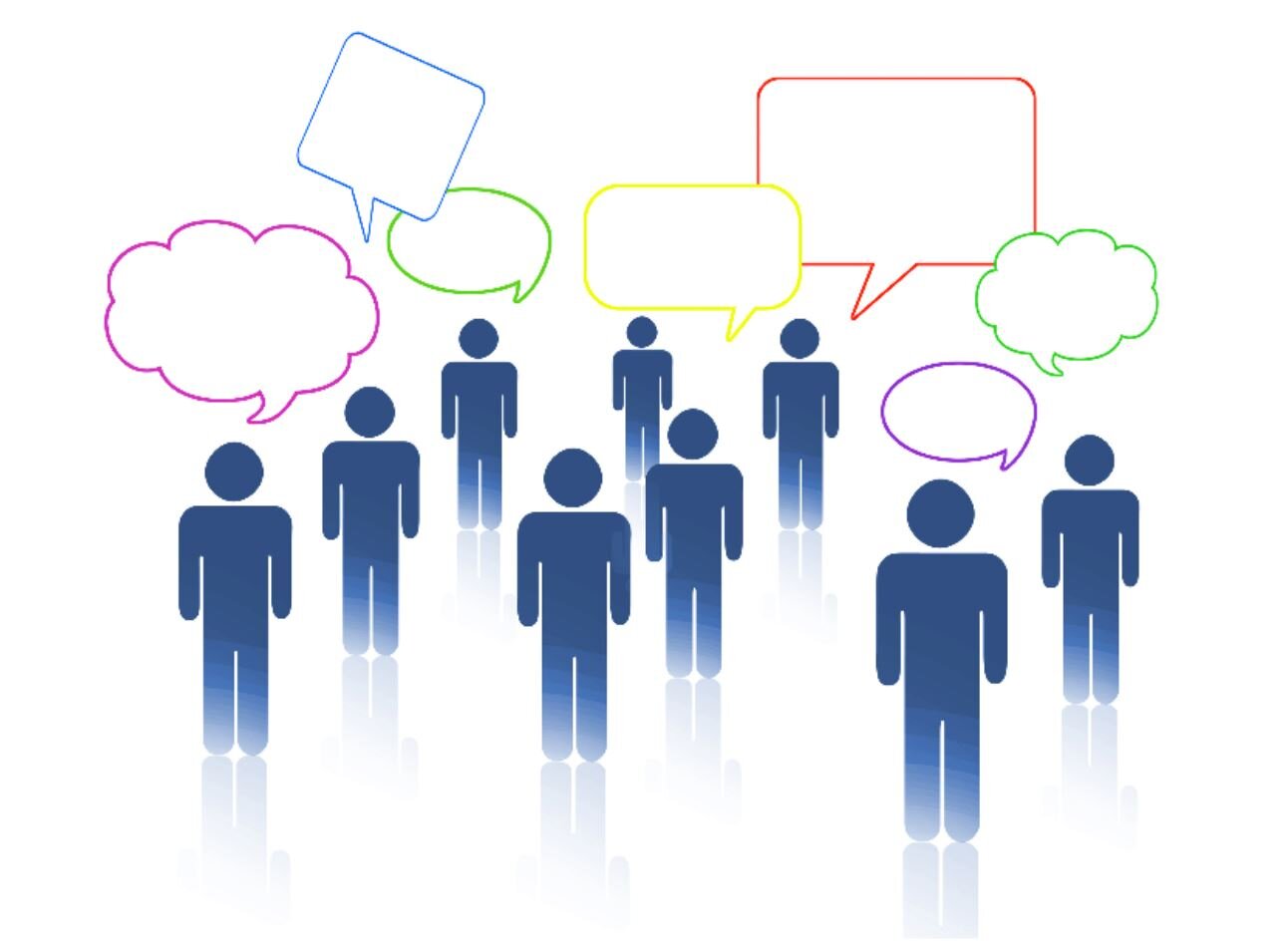
Communicating Diagonally: New Value Pathways via Enterprise Social Networking?
Traditional organisational hierarchies have proven to be poorly suited to sharing information and knowledge sideways, as designed communication pathways at the base of the hierarchy would have information move vertically upward before moving across and then downward to its waiting audience. But what about “Diagonal Communication”?

Book Review: “Networked: The New Social Operating System” – Lee Rainie and Barry Wellman
Having spent considerable time researching in field of Social Network Analysis (SNA), Barry Wellman was well known to me. We have never met face-to-face but I had met up with a number of his Netlab colleagues at a couple of INSA Sunbelt conferences. My first recollection of Wellman’s work goes back to some of his early pre-Internet research on electronically facilitated communications and the social network.

How Can Yammer Match Facebook Performance?
Ever since the Gen Ys started marching into the workplace with their mobile devices and Facebook accounts, “Enterprise” leaders became paranoid about time wasting on “non-work” activities, often instituting a plethora of policy attempts to ban the use of social networking applications in the workplace. In recent times however the attitude to social networking at work has softened somewhat.

Will Fitbit ever be able to get you Net-Fit?
Fitbits provide analytics about you and your personal physics. But the other side of you that also has a big effect on your overall health and well-being is your ‘social physics’ , being your social connections. So the question is… will devices like Fitbit ever evolve to help you enhance your social connections, be they work related, or purely personal? i.e. get you ‘Net-Fit’.

Celebrating the ‘Quiet Achievers’ …. Quietly…
We are bombarded by media channels fronted by celebrity extroverts competing for our attention, to the point that we can become cynical in our search for genuine people. Sandra Cain’s Ted Talk on the “Power of Introverts” certainly struck a chord with the audience, which is essentially a call for the quiet achievers.

Roundabouts and Network Leadership
Mythbusters two hosts, Adam Savage and Jamie Hyneman, test the effectiveness of a traditional 4-way stop versus a roundabout. Having grown up with roundabouts I wasn’t particularly surprised to discover that roundabouts got almost 20% more cars through compared to the 4-way stop.

Did Yahoo's Marissa Mayer Really get it Wrong in Banning "Work from Home"?
Ordering Yahoo workers back to the office certainly gained its share of critics for Marissa Mayer when instituting this Yahoo policy some 18 months ago now. There are a couple of reasons for me to reflect on this at this point in time.

